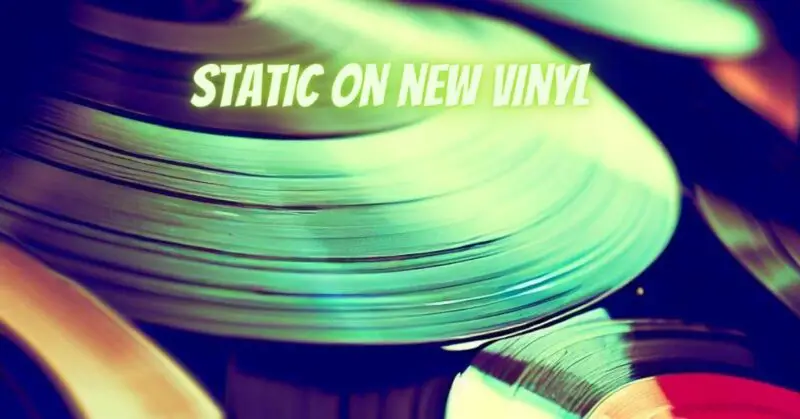Vinyl records have made a resounding comeback, appealing to music lovers seeking a rich, analog listening experience. However, alongside the warmth and nostalgia of vinyl, a persistent foe can make its presence known: static electricity. Static on new vinyl records can lead to crackling, pops, and an overall compromised listening experience. In this article, we’ll explore the causes of static on new vinyl records, its impact on sound quality, and effective strategies to combat this pesky issue.
Understanding Static Electricity
Static electricity is the result of an imbalance of electric charges on an object’s surface. This phenomenon arises when two materials come into contact and then separate, leaving one material with an excess of electrons (negative charge) and the other with a deficit of electrons (positive charge). Static can be generated through friction, pressure, and separation of materials.
Causes of Static on New Vinyl Records
Static buildup on new vinyl records can occur due to various factors:
- Material Interaction: Vinyl records are often placed in plastic sleeves, and the friction between the vinyl and the plastic can generate static electricity.
- Dry Environments: Low humidity levels can exacerbate static buildup. In dry conditions, the air is less conductive, making it easier for static charges to accumulate.
- Vinyl’s Properties: Vinyl is an insulating material, meaning it doesn’t easily conduct electricity. This property can lead to the accumulation of static charges.
- Sleeve Removal: When removing a vinyl record from its sleeve, friction between the record and the sleeve can generate static.
Impact on Sound Quality
Static on vinyl records can have a noticeable impact on sound quality. When the stylus encounters static-charged particles on the record’s surface, it can cause crackling, pops, and even skipping. These disruptions can detract from the immersive listening experience that vinyl enthusiasts seek.
Combatting Static on New Vinyl Records
Fortunately, several strategies can help alleviate static-related issues on new vinyl records:
- Anti-Static Brushes: Specialized anti-static brushes can be used to remove static charges from the record’s surface before playback. Gently brush the record’s grooves in the direction of rotation.
- Humidification: Maintaining an appropriate level of humidity in the listening environment can reduce static buildup. Humidifiers or simple methods like placing a bowl of water nearby can help.
- Anti-Static Cleaning Solutions: Consider using anti-static cleaning solutions designed for vinyl records. These solutions help to reduce static charges and also clean the record’s surface.
- Static-Free Sleeves: Replace the original plastic inner sleeves with static-free inner sleeves made of materials like polyethylene. These sleeves minimize friction during record removal.
- Vinyl Mats: Using an anti-static vinyl mat between the record and the turntable platter can help dissipate static charges.
- Grounding: Ensure that your turntable and other equipment are properly grounded to minimize the accumulation of static charges.
Static on new vinyl records is a common challenge that can mar the listening experience for enthusiasts. However, armed with an understanding of its causes and effective strategies to combat it, listeners can take proactive steps to reduce static buildup and enjoy their vinyl collection to the fullest. By implementing anti-static tools, maintaining appropriate humidity levels, and practicing careful handling, you can mitigate the impact of static electricity and preserve the pristine sound quality that makes vinyl records so cheried.


